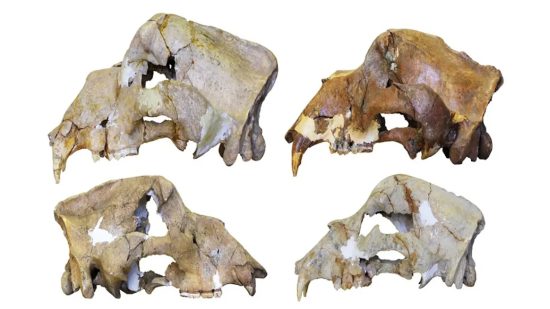Out today are the first releases for the Hittites in our Bronze Age range from Cutting Edge Miniatures – the Hittite Chariot Squadron, Hittite Spearmen, and Hittite Levy Archers. We also have Later Levy Javelinmen suitable for Hittites, Sea Peoples, and other armies.
These three new metal boxed sets mark the first releases for our Battle of Kadesh focus. You'll have seen part one of Nigel Stillman's look at this, the largest chariot battle of all time, in our last newsletter.
Suffice to say, New Kingdom Egyptians will be with you very soon!

The Hittite Chariot Squadron contains three Later Hittite or other central Anatolian three-man, two-horse chariots. Each crew comprises a driver and two spearmen, one of whom may have fought on foot as a runner.

These chariots were slightly heavier in construction than other two-horse chariots of the period, not least because it is likely that the wheel axle was further forward from the rear of the chariot cab, perhaps to support the weight of an extra crewman? Alternatively, the chariot can be crewed by just two men and with a javelinman on foot acting as a chariot runner.

Egyptian scenes of the Battle of Kadesh show Hittite chariots with spear-armed charioteers, such as these, though it is possible that some were bow-armed. Horses were now generally armored with bronze scales, as with the horses with this chariot.

These Hittite Spearmen can be used as Hittite infantry of the Empire period, or those of other central Anatolian states, such as Arzawa and Pitassa.


Hupshu or peasant archers were levied into the city-state armies of Syria and Canaan, and those of Mitanni, Kassite and Middle Babylonia, Middle Kingdom Assyria and the Hittite Empire.
These Hittite Levy Archers figures are also suitable for use in Early Hebrew (Habiru) armies for tribes, such as Benjaminites, as well as in other Desert Nomad armies of the Late Bronze Age.


Also suitable for Hittite armies, as well as other Bronze Age forces, are the Later Levy Javelinmen:

These are the peasant levy or Hupshu levied into the armies of the city-states of Syria and Canaan, those of Mitanni, Middle Kingdom Assyria, Kassite or Middle Kingdom Babylonia, and the Hittite Empire.
They can be used in Bedouin Desert Nomad armies, such as those of the Midianites, Amalekites, early Aramaeans, (Akhalamu), Kaldu, Sutu and Hanu, who were also known by the Egyptians as Shosu or Shasu (also known as Edomites and Moabites). Also suitable for Habiru (early Hebrew) tribes, such as Issacharians.
These figures are also suitable as Shekelesh or Teresh in Sea People armies, and also later, as skirmishers in Philistine and Later Canaanite armies of the Iron Age.





